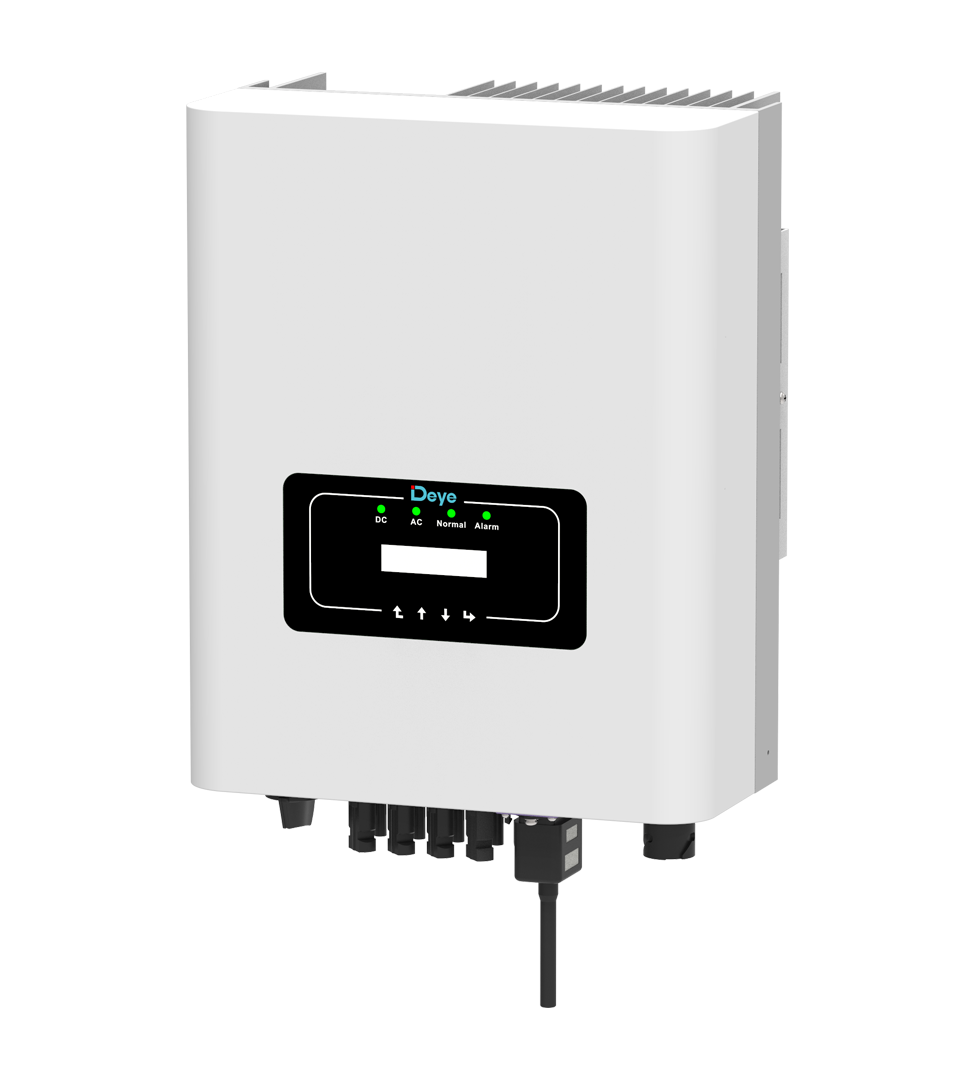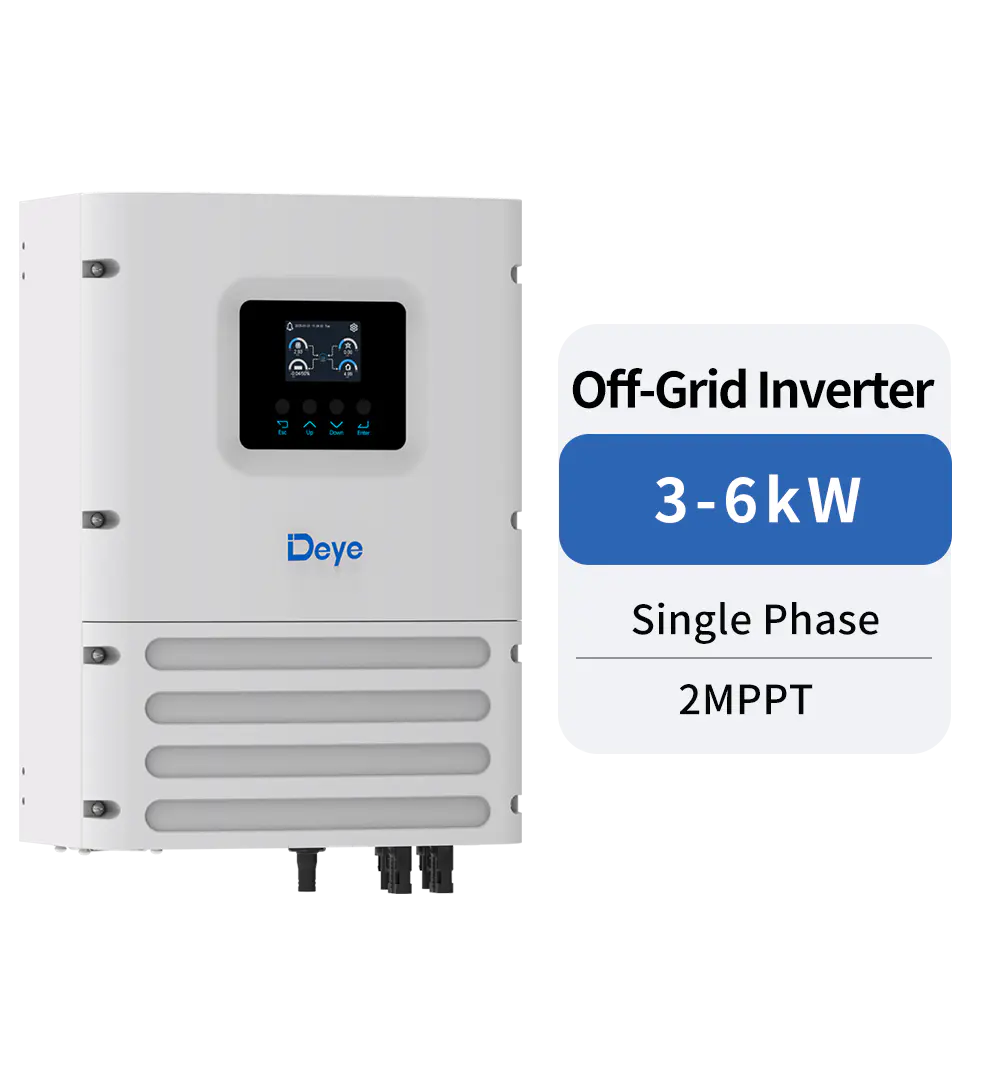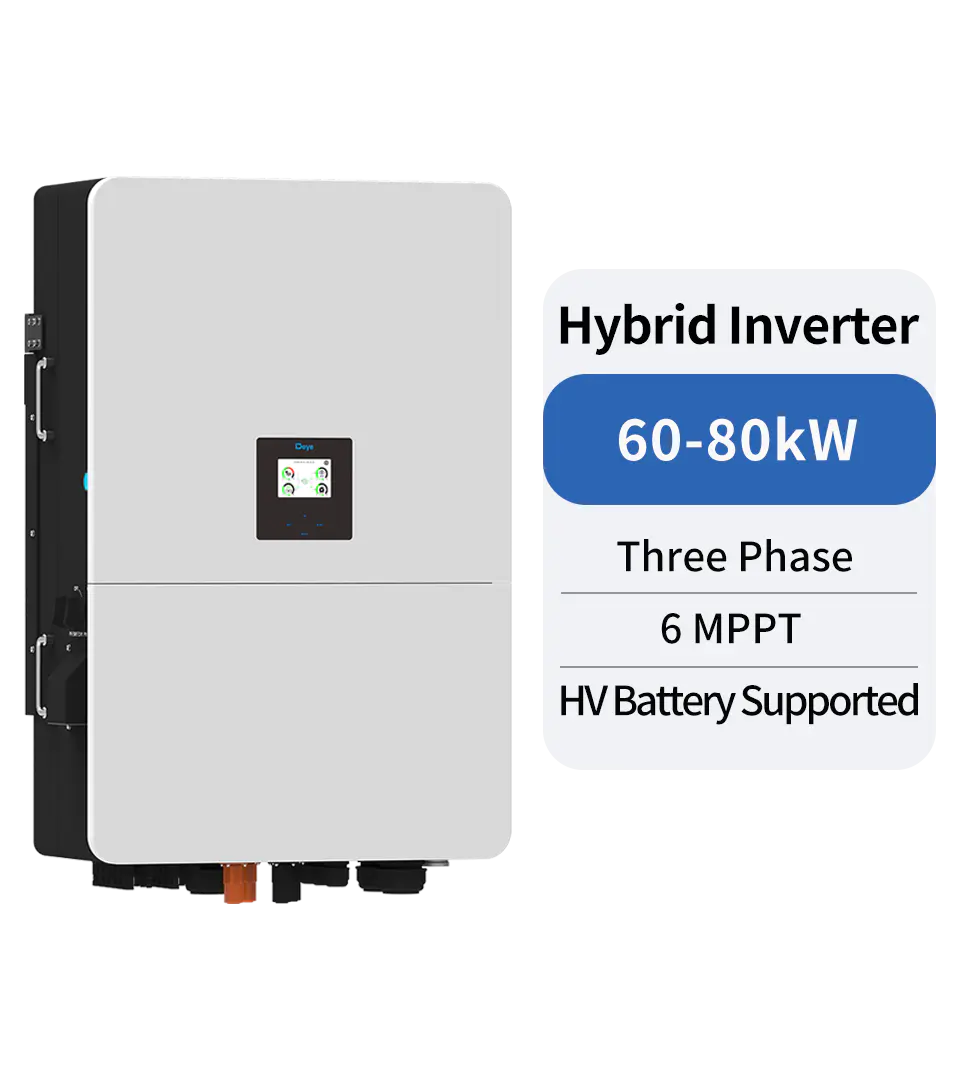Technical Topics
The On-Grid Inverter - The Brain of Your Solar Power System
The On-Grid Inverter is the brain of your solar power system. It regulates the amount and voltage of electricity fed into your home and can also redirect excess energy to the power grid. Learn more about this essential piece of solar power equipment. Also learn how it can save you money.

On-Grid Inverter is the brain of solar power system
A solar power system is in essence nothing without its On-Grid Inverter. This device converts the direct current (DC) produced by solar panels into alternating current (AC) that is usable by more home appliances. A typical solar power system consists of panels, batteries, and an inverter.
This device is the heart of a solar power system. It converts DC energy to AC power and keeps storage batteries charged. An On-Grid Inverter has many important functions. It regulates the voltage and current produced by solar panels and keeps the batteries charged.
An On-Grid Inverter also provides grid services, including reactive power. Inverters can respond to changes in voltage and frequency, making electricity easier to consume. Voltage and current are two separate components of electricity, but they should be synchronized. If not, there will be delays, especially when a motor is running. If this happens, the power flowing through the circuit will not be absorbed by connected devices, which will reduce the system's efficiency. This will require more power overall to produce the same "real" power.
As the solar array is not always in better position, it is crucial to use an Inverter that can maximize power output despite the constraints placed on the solar array. If the solar panels are not getting enough sun, the On-Grid Inverter will adjust the load so that the solar panels stay at their peak efficiency level.
It regulates the amount and voltage of electricity fed to the household
An On-Grid Inverter is an electrical appliance that regulates the amount and voltage of electricity fed into a household. It is designed to convert DC electricity to Alternating Current (AC), which is then used to power all household devices. The excess electricity generated can be routed back to the grid or stored for later use. The device also has a charge controller, which maintains the voltage of the system's batteries. This keeps them from getting overcharged, which can guide to damage to electrical equipment.
When choosing an On-Grid Inverter, it is important to choose one that is certified by a third-party testing laboratory. This certification provides assurance that the unit meets manufacturer specifications and passes a rigorous electrical inspection. Furthermore, it ensures that the unit meets all safety standards. This is important because there are different rating standards for different types of applications, such as automotive applications.
Another important service that an On-Grid Inverter can provide is reactive power, which is the ability to respond to changes in electrical power. The voltage and current are two fundamental components of electric power and should be synchronized. When these two components work together, they are the more efficient form of electrical power. If the two components are out of sync, the power that flows through the circuit isn't utilized by the devices connected to it, which reduces efficiency. It will also require more total power to produce the same "real" power.
An On-Grid Inverter regulates both the amount and voltage of electricity fed to the house.
It can redirect surplus energy to the grid
With an On-Grid Inverter, you can redirect your surplus energy to the grid to reduce your bills. This is especially useful if you are connected to the utility grid and do not use all of the power that you produce. Your utility company will pay for the excess energy and you can withdraw it at any time. It is also a great way to reduce your initial investment.
In the past, wind energy did not matter much to the power grid, but the technology is evolving and has the potential to solve a complex power distribution issue. One of the biggest challenges in the power grid is islanding, when a part of the grid is not producing enough power to supply everyone. But new developments in inverter technology are helping to address this problem.
On-Grid Inverters can redirect surplus energy to the grid if your solar panels do not receive enough sun. With this option, you can extend your solar day by splitting your panels into two, or more, panels. Inverters that are able to split power are more effective when they can generate more than 50% of the total power generated. Splitting power into two panels can also reduce the cost of the Inverter since the power is spread over a longer period of time.
If your solar panel capacity is only 200 watts, you can buy a grid-tied solar inverter for the purpose of experimenting. A grid-tied inverter is a good choice for homesteaders with 200 watts of solar panels. You can even choose a smaller microinverter if you only plan to use solar power for intermittent power.
PREV:Deye Hybrid inverter generation
NEXT:Batteries For Your Solar Air Conditioner
Share
Product recommendations
news recommendations
-

-
 Green Industry, Bright Future: Deye Distributor Summit – Dubai 2025 Concludes Successfully
Green Industry, Bright Future: Deye Distributor Summit – Dubai 2025 Concludes SuccessfullyIn November 2025, Deye Group successfully hosted the “Green Industry, Bright Future—Deye 2025 Dubai ...
-
 Deye’s Malaysia Johor Manufacturing Base Officially Breaks Ground — A Key Step Forward in Its Globalization Strategy
Deye’s Malaysia Johor Manufacturing Base Officially Breaks Ground — A Key Step Forward in Its Globalization StrategyOn October 2, 2024, Deye Group (hereinafter referred to as “the Company”) held a groundbreaking cer...

 China - 简体中文
China - 简体中文 Global - English
Global - English Brazil - Português
Brazil - Português Netherlands - Dutch
Netherlands - Dutch Italy - Italiano
Italy - Italiano Germany - Deutsch
Germany - Deutsch Spain - Español
Spain - Español France - Français
France - Français Vietnam - Tiếng Việt
Vietnam - Tiếng Việt Poland - Polski
Poland - Polski Australia - English
Australia - English


